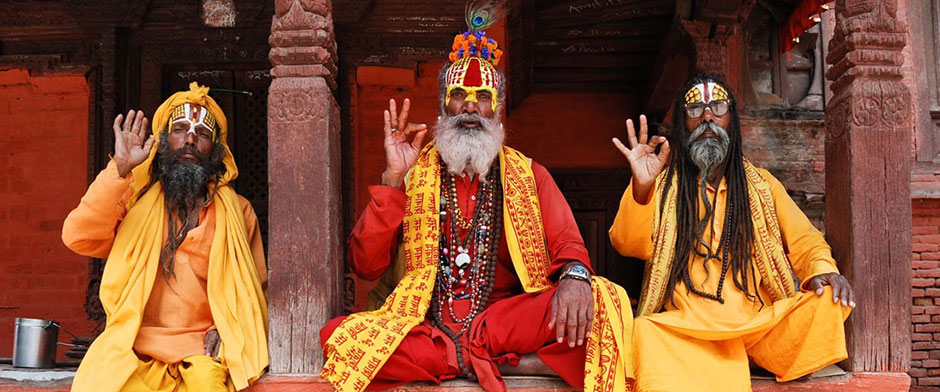About NepalThe Kingdom of Nepal is an extravaganza of culture, heritage and natural Himalayan beauty. Despite being a small country, Nepal offers a variety of experiences such as trekking in the hilly terrains of Himalayan ranges, walking around villages and small towns and mixing with the tribes of the region, boating in serene lakes, visiting Hindu and Buddhist temples, experiencing an elephant back safari and enjoying scenic flights over Mount Everest.
|
|||||||||||||||||||||||||||||||










